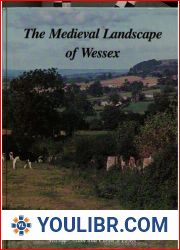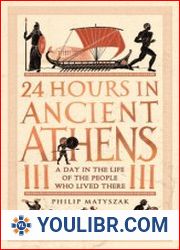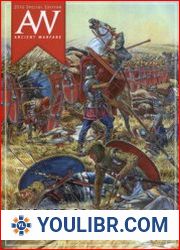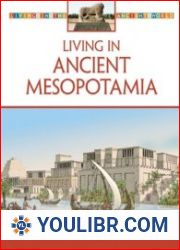
BOOKS - The Ancient Ways of Wessex

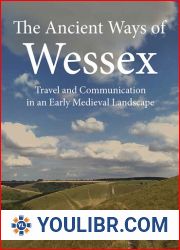
US $7.85

686444

686444
The Ancient Ways of Wessex
Author: Alexander Langlands
Format: PDF
File size: PDF 12 MB
Language: English
Format: PDF
File size: PDF 12 MB
Language: English
The Ancient Ways of Wessex tells the story of Wessex s roads in the early medieval period at the point at which they first emerge in the historical record This is the age of the Anglo Saxons and an era that witnessed the rise of a kingdom that was taken to the very brink of defeat by the Viking invasions of the ninth century It is a period that goes on to become one within which we can trace the beginnings of the political entity we have come to know today as England In a series of ten detailed case studies the reader is invited to consider historical and archaeological evidence alongside topographic information and ancient place names in the reconstruction of the networks of routeways and communications that served the people and places of the Anglo Saxon kingdom of Wessex Whether you were a peasant pilgrim drover trader warrior bishop king or queen travel would have been fundamental to life in the early middle ages and this book explores the physical means by which the landscape was constituted to facilitate and improve the movement of people goods and ideas from the seventh through to the eleventh centuries What emerges is a dynamic web of interconnecting routeways serving multiple functions and one perhaps even busier than that in our own working countryside A narrative of transition one of both of continuity and change provides a fresh and alternative window into the everyday workings of an early medieval landscape through the pathways trodden over a millennium ago Table of ContentsAcknowledgementsContentsList of FiguresIntroductionPart 1 Literature ReviewChapter One The Landscape of Routes and CommunicationsPrehistoric TrackwaysRoman RoadsMedieval Ways and PathsBridges and FordsWaterways and Water TransportChapter Two Travellers and JourneysPilgrimagesClerics and the Mobility of the ChurchMessengersLandscapes of GovernanceAn Anglo Saxon Highway CodeDriving Droves and Leading LoadsChapter Three From Emporia to Markets Trade Networks in WessexEmporia Minsters and Productive SitesThe Emergence of a Market based EconomyPart 2 The Case StudiesChapter Four A note on the evidence Anglo Saxon Charters and Ordnance Survey mapsAnglo Saxon ChartersThe Ordnance Survey and the theory and practice of landscape archaeologyChapter Five HampshireStudy Area 1 The Harroway Whitchurch and the Bourne Rivulet ValleyStudy Area 2 Winchester and the Upper Itchen ValleyChapter Six DevonStudy Area 3 CreditonStudy Area 4 South HamsChapter Seven DorsetStudy Area 5 Isle of PurbeckStudy Area 6 Shaftesbury s Southern HinterlandChapter Eight WiltshireStudy Area 7 The Ebble ValleyStudy Area 8 The Salisbury BasinStudy Area 9 Bradford on Avon and its hinterlandStudy Area 10 Kinwardstone HundredPart 3 DiscussionChapter Nine Roman Roads Markers and GatesThe Roman Road QuestionWayside MarkersGates and Access in the Early Medieval Landscape of WessexChapter Ten Bridges Herepaths Trade Routes and the King s PeaceBridge work Fortress work but no Road workHerepaths and the Hierarchy of Anglo Saxon RoutesTrade and Trade RoutesConclusion Wessex and the early medieval world beyondThe Via Publica and Early Medieval RoadsHerepaths Portways and an Age of InfrastructureFrom Rivers to RoadsAbbreviationsBibliography
















